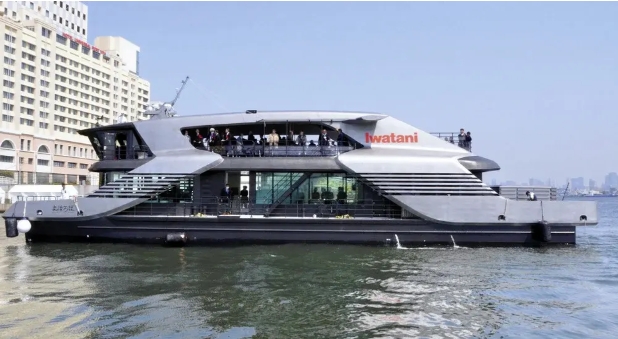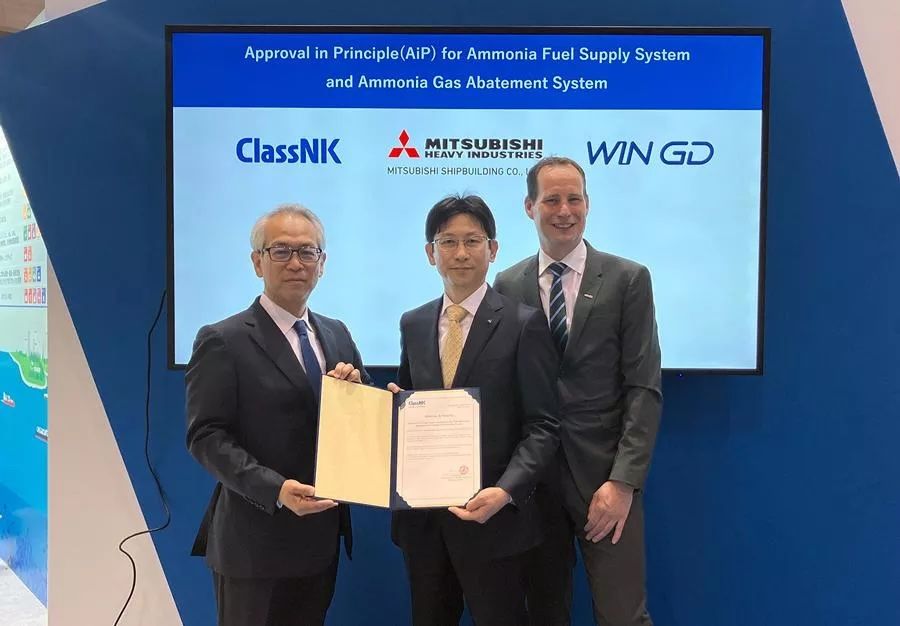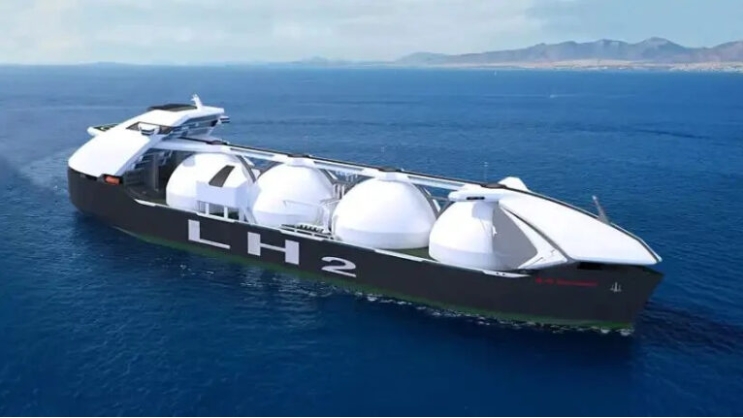Asia has reassessed its energy transition strategies by accelerating utility digital transformation, according to Black & Veatch’s newly appointed vice president for sales and marketing Adrian Tan.

However, grid resilience and renewable energy integration remain core investment areas for energy stakeholders in Asia. The two will help Asia to increase its power grid capacity to support surging energy demand created by industrialisation and economic developments.
The top three trends to disrupt Asia’s power sector include:
Integrated power infrastructure continues to meet Asia’s electrification demands.
Asia’s power leaders are continuing to invest in integrated power infrastructure to re-balance their energy portfolios to meet universal electrification and carbon emission reduction targets.
By so doing, utilities will be able to take advantage of different generation, transmission and distribution technologies to overcome the pitfalls of aging infrastructure while meeting rising customer demand for energy that is sustainable and reliable.
Tan urges energy providers to expand focus in distributed generation, like microgrids, and rooftop solar, to achieve remote electrification and sustainability targets in archipelagic countries, like Indonesia and the Philippines.
Battery energy storage systems increase grid stability, enhances Asia’s energy security.
Regional power leaders are balancing variable renewable energy generation with battery energy storage systems and larger transmission capacities to stabilise the grid.
Asia’s power sector accelerates digital transformation adoption.
Regional governments are turning to digital technology and smart grids to address core challenges of grid stabilisation, peak load management, system flexibility and reliability in a holistic manner.
Smart grids help to integrate renewable generation into the grid and manage supply and demand.
Predictive asset maintenance allows plant operators to predict the state of the equipment so that maintenance can be scheduled.
Forecasting and real-time monitoring address sustainability and reliability issues of power grids, while mitigating costly outages and other equipment failures.
Adrian, said: “Asia’s power leaders are reassessing their energy transition strategies in view of the ongoing global pandemic. While decarbonisation and decentralisation expand the complexity of the grid across business models, engineering and technology, they are also presenting opportunities for the regional power sector.”







